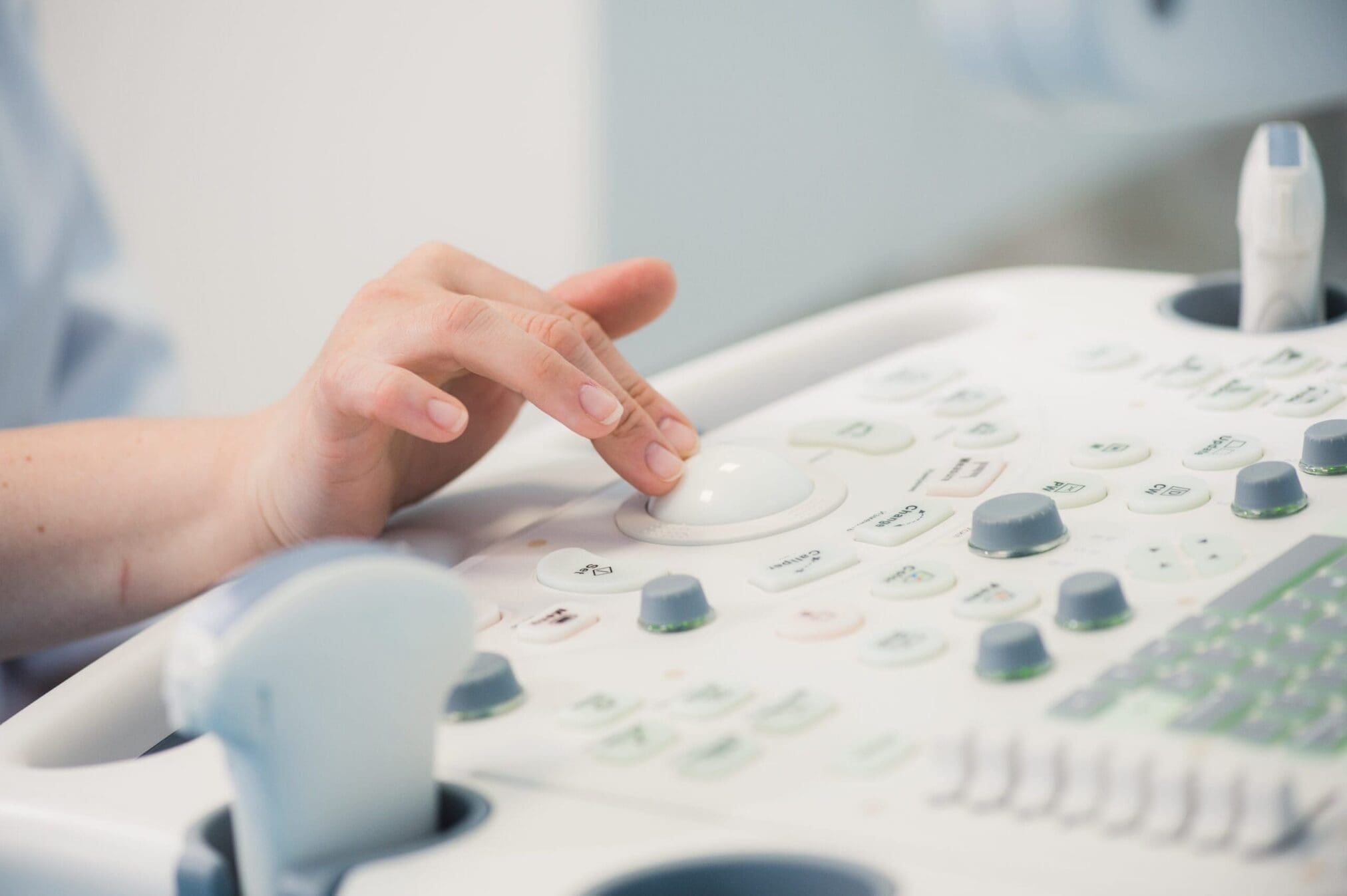There’s a common misconception among many medical device manufacturers that obtaining a CE mark is too hard, too costly, and too complicated. We’re glad to be able to say that this isn’t true. With some knowledgeable guidance and the understanding that obtaining your CE mark is a process like any other, much of the undue stress and worry can be taken away.
In this blog entry, we will walk through some key steps in obtaining a CE marking for medical devices and some necessary additional steps for manufacturers outside the European Union.
Step 1: Classification
The first step for any manufacturer is to examine their medical device carefully. To do this is necessary to assess the following:
- What does the medical device intend to do?
- How does it achieve its intended purpose?
- What are the characteristics of the device?
Under MDR and IVDR, new classification systems are in place. You can find more information on them here and here.
Step 2: Identification
The next step is identifying all relevant European Harmonized Standards and other essential health and safety requirements. At this point also, it is useful to identify if Notified Bodies are necessary to obtain the CE mark.
Step 3: Technical Documentation
The manufacturer must complete and compile the necessary technical documentation to obtain a CE mark. These can include, but aren’t always limited to:
- General Safety and Performance requirements;
- Benefit Analysis and Risk Assessment;
- Product verification and validation;
- Post-market surveillance;
Before being awarded a CE marking, all medical devices of all classes require a Technical File. The technical file is proof of compliance and conformity with applicable directives. A copy of the technical file must be kept by your Authorised Representative at all times, available upon request to any EU Competent Authorities.
If you need any assistance regarding the creation or review of the Technical File, Obelis Experts will gladly help you (as part of Technical File Services) revise the documentation you possess.
Step 4: Appointing a European Authorized Representative (E.A.R.)
According to EU Medical Device Regulation 2017/745 and In Vitro Diagnostic Medical Device Regulation 2017/746 Articles 11.1: “Where the manufacturer of a device is not established in a Member State, the device may only be placed on the Union market if the manufacturer designates a sole authorised representative.”
As a result, ALL manufacturers located outside of the EU seeking a CE mark for their medical device must appoint a European Authorised Representative (or E.A.R.).
Obelis offers European Authorised Representative services on medical devices and in vitro diagnostic devices.
Step 5: Certification
Only in the case of Class I devices a manufacturer can self-certify the medical device. For the following classes, the manufacturer needs to apply to a notified body for CE Certification:
- Upper-class devices (Class IIa, IIb and III);
- Class I sterile device;
- Class I measuring device;
- Class I reusable surgical instruments;
We can offer you a Notified Body selection and negotiation service to help you achieve the swiftest conformity assessment procedure and certification.
Step 6: Affixing the CE Marking
Once the medical device is certified, the manufacturer can affix the CE mark. A medical device’s CE marking must be affixed, on both the device and the relevant packaging, in a clear and visible manner, along with the details of the EAR.
Step 7: National Provisions
The final step is complying with the national requirements. To introduce a medical device into several EU countries (such as Greece, Italy, Latvia, and Portugal), the manufacturer may need to complete an additional registration with National Competent Authorities.
Obelis is ideally situated in Europe, with offices in the heart of Brussels, to provide advice and help on the CE marking process and act as your European Authorised Representation. Contact us today to find out how Obelis’ Expert Consultants can assist in the compliance process.


